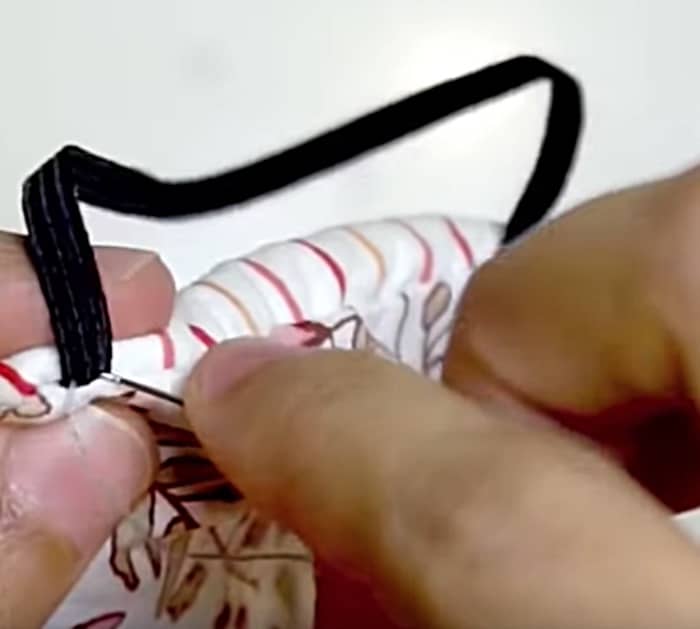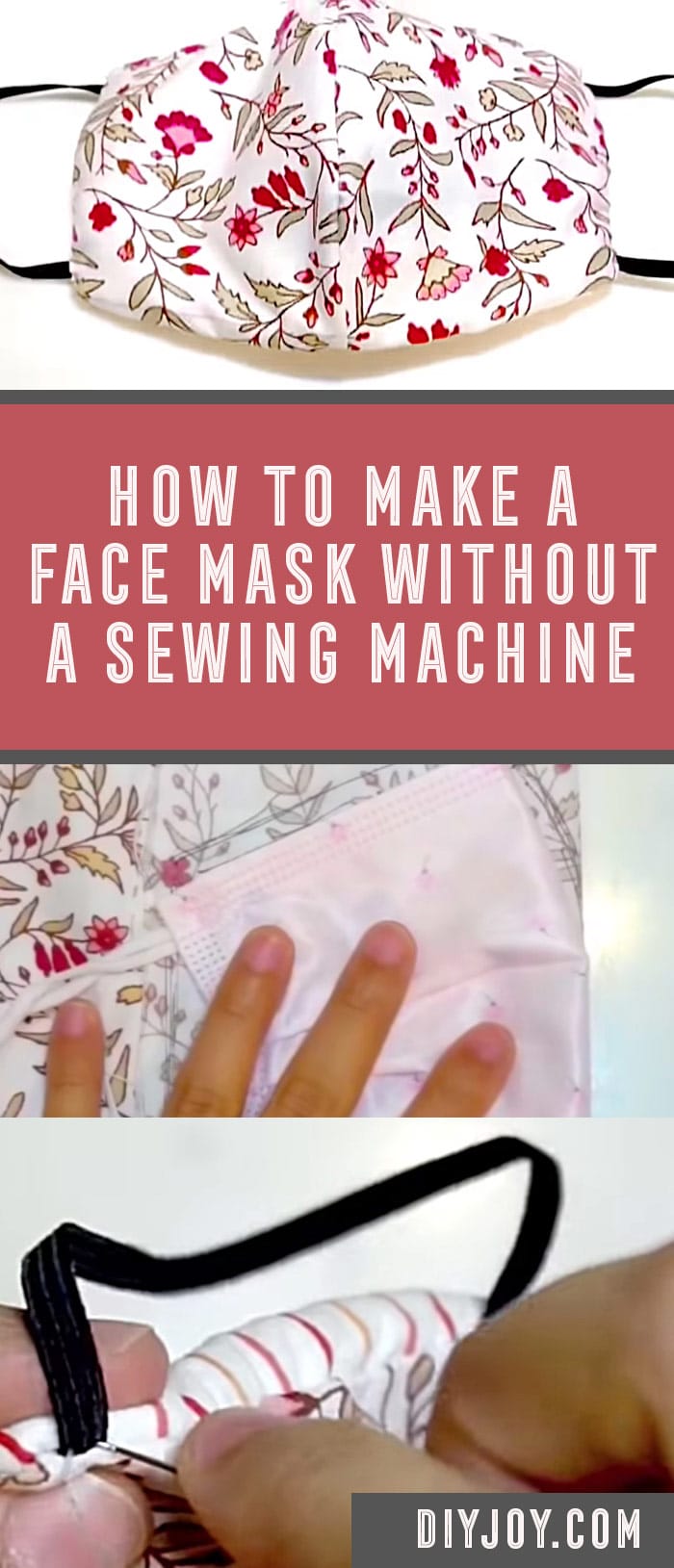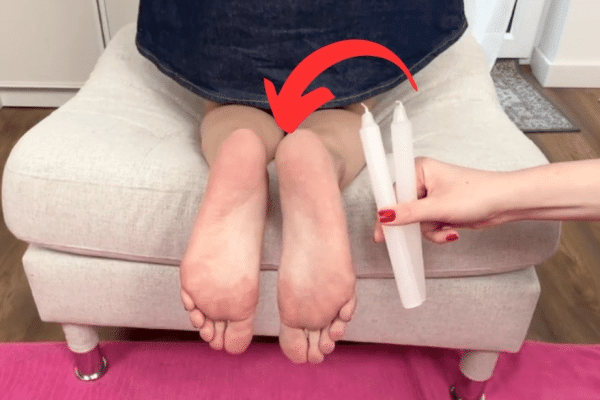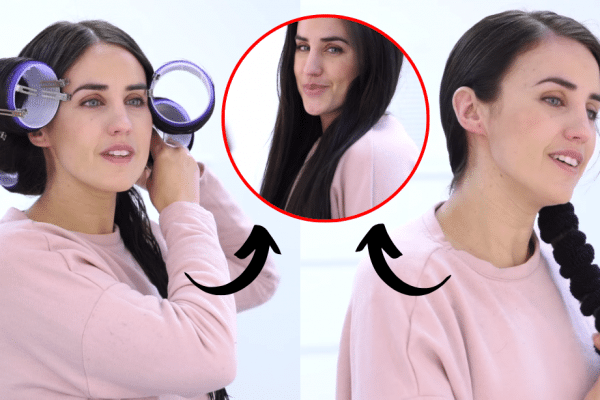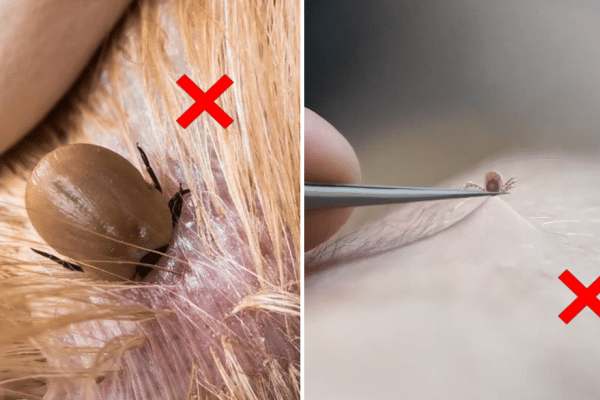
There are many barrier mask tutorials on Youtube that require a sewing machine, but many people do not have a sewing machine and you still want a sturdy barrier mask to wear alone or to put over another disposable paper mask for extra protection. There are many reasons to choose a cloth mask and as a rule, they are my preference because you can sterilize them in your wash with many natural substances such as distilled white vinegar, hydrogen peroxide, or Clorox Bleach along with your favorite laundry soap. I put a couple of drops of essential oil on my cloth facemask, to add a bit more of a barrier between my air passages and dangerous contaminants. A couple of drops of Oregano, Thyme, Lavender, Lemon, or Orange Essential Oil will work really well on a cloth mask. The other thing I love about this cloth mask is that there is a layer of cotton batting which really adds to the protective barrier layer. There is also a brilliant quick tutorial at the end of the video by Nanay Express showing how to make a version of this mask for a baby or small child. The materials are really simple and straightforward as well. However, the masks that you can make at home are not proven to protect against COVID 19 and I have only made them in a pinch to wear with another disposable mask. For in-depth information regarding how to protect yourself against COVID 19, please view this link from the CDC Website describing all safe practices during the COVID 19 outbreak.
Materials:
- 2 sections of cloth (about 12 inches by 12 inches)
- 1 section 12 inch cotton batting (you could use a napkin or piece of a towel if you do not have batting)
- a disposable mask to use as a pattern (you can wing it and use the drawing in the video to improvise)
- thread
- a needle
- a pen
Directions:
First, use the disposable mask to draw the pattern (or draw it free handed).
Then, sew layers together as directed in the video.
Then sew on the elastic ears pieces.
This is a great mask design, I really like the way it protrudes at the front.
Please note: This mask can not prevent Covid-19 nor will it protect as much as an N-95 respirator mask. The tutorial for this fabric mask and info in this article is provided for educational and entertainment purposes only. For more information on Covid-19, please visit the CDC website which states “In settings where facemasks are not available, HCP (healthcare personnel) might use homemade masks (e.g., bandana, scarf) for care of patients with COVID-19 as a last resort. However, homemade masks are not considered PPE, since their capability to protect HCP is unknown. Caution should be exercised when considering this option. Homemade masks should ideally be used in combination with a face shield that covers the entire front (that extends to the chin or below) and sides of the face.”
[social_warfare]

